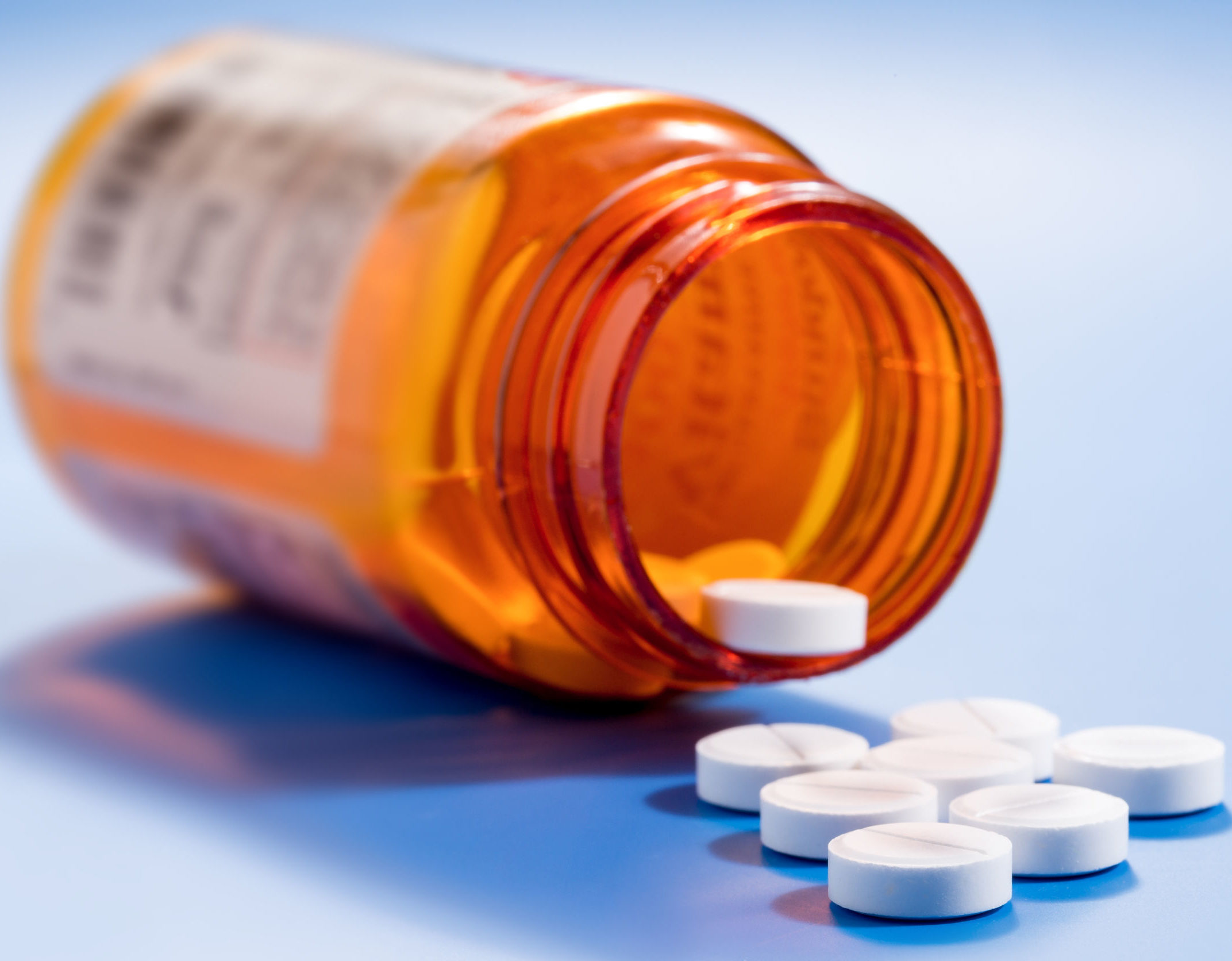 Chronic pain patients who take opioids as part of their treatment plan always need to take steps to mitigate their risk of dependence or overdose, but that’s especially true for patients facing 10 specific factors, according to a new study out of Canada.
Chronic pain patients who take opioids as part of their treatment plan always need to take steps to mitigate their risk of dependence or overdose, but that’s especially true for patients facing 10 specific factors, according to a new study out of Canada.
The study, published in the Canadian Medical Association Journal (CMAJ) and led by researchers at McMaster University, found that the risk of fatal and non-fatal opioid overdose by prescription medication increased up to sixfold in patients dealing with certain risk factors or predictors. To get a better understanding of some of the predictors of fatal and nonfatal overdoses in patients managing prescription medications, researchers looked at data from more than 24 million patients across Canada, the US and the United Kingdom. Researchers identified a total of 103 predictors, but 10 stood out from the rest because they showed a risk increase of two to six times compared to patients who didn’t have these factors.
According to the study, the 10 biggest predictors of fatal and nonfatal opioid overdose for patients taking prescription medication are:
- High-dose opioids
- Use of multiple pharmacies
- Multiple opioid prescribers
- Fentanyl prescription
- Current substance use disorder
- Depression
- Bipolar disorder
- Other mental illness
- History of opioid overdose
- Pancreatitis
The findings are important because they can help us map out chronic pain care and take different approaches in patients who may be considered high risk. For example, mental health screenings and questionnaires should absolutely become standard practice for patients dealing with a chronic pain condition. As we’ve said many times on the blog in the past, chronic pain is much more than just a physical issue. It also weighs heavily on your mind and your emotions, and if a doctor isn’t working to also control for these aspects, patients may end up depressed, anxious or facing other mental health issues that drastically increase their risk of overdose.
It’s also important that doctors work to provide a comprehensive treatment plan that involves more than just an opioid prescription. Opioids inherently become less effective as our body gets used to the medication, so patients may start to take larger doses to find the same level of relief. Needless to say, this greatly increases their risk of accidental overdose. Treatment tends to be more effective and patients can actually wean off opioids when they pursue other active techniques, like exercise, physical therapy, sleep improvements and better nutrition. Pain is rarely effectively managed through just one specific type of treatment, so find a provider who is willing to develop an individualized treatment plan to give you the best chance of overcoming your pain issue.
Whether you’re considered low-risk, high-risk or somewhere in between, we want to be your resource for overcoming a chronic pain condition. Nobody plans to become addicted to opioids, and it can happen to even the best of us, so be aware of the risk factors and connect with a provider who can help counter these potential predictors. For more information, or to set up an appointment with Dr. Cohn, give his office a call today at (952) 738-4580.
 Earlier today, the National Institutes of Health issued its new plan for taking on the
Earlier today, the National Institutes of Health issued its new plan for taking on the  Even if you’re not a chronic pain sufferer, you’ve probably heard about the “opioid crisis” here in America. Overdoses and accidental deaths from pain medications have skyrocketed in recent years, and things are only getting more divisive as we try to put an end to overdoses. There are too many competing interests working against one another. For example:
Even if you’re not a chronic pain sufferer, you’ve probably heard about the “opioid crisis” here in America. Overdoses and accidental deaths from pain medications have skyrocketed in recent years, and things are only getting more divisive as we try to put an end to overdoses. There are too many competing interests working against one another. For example: